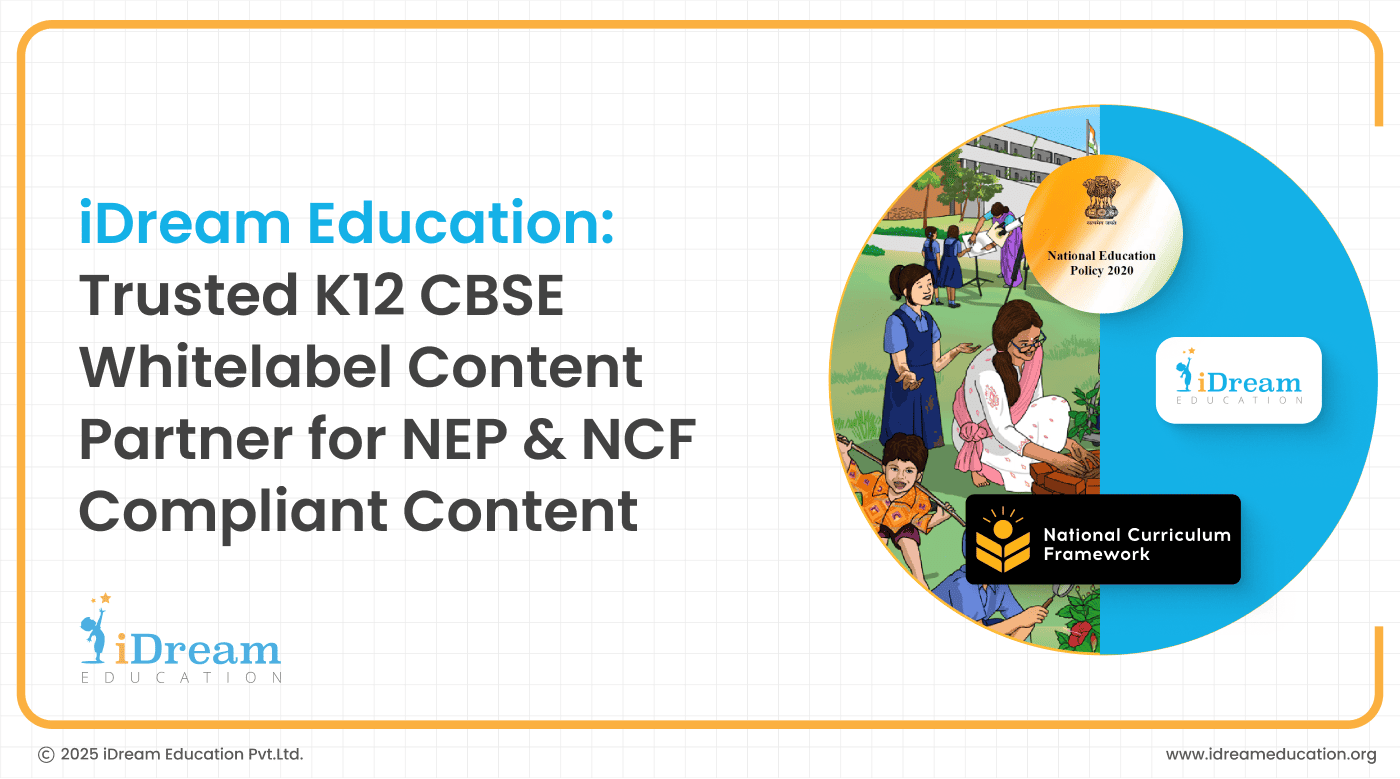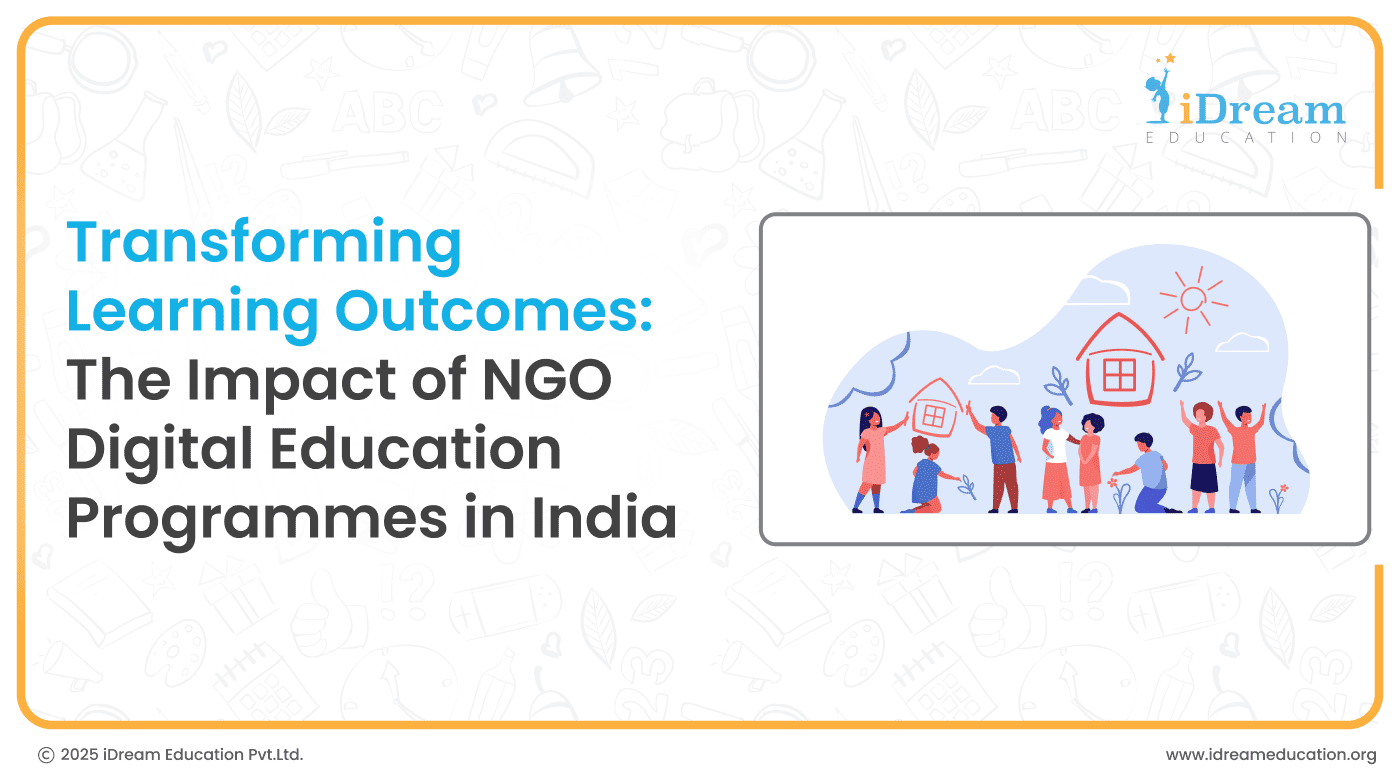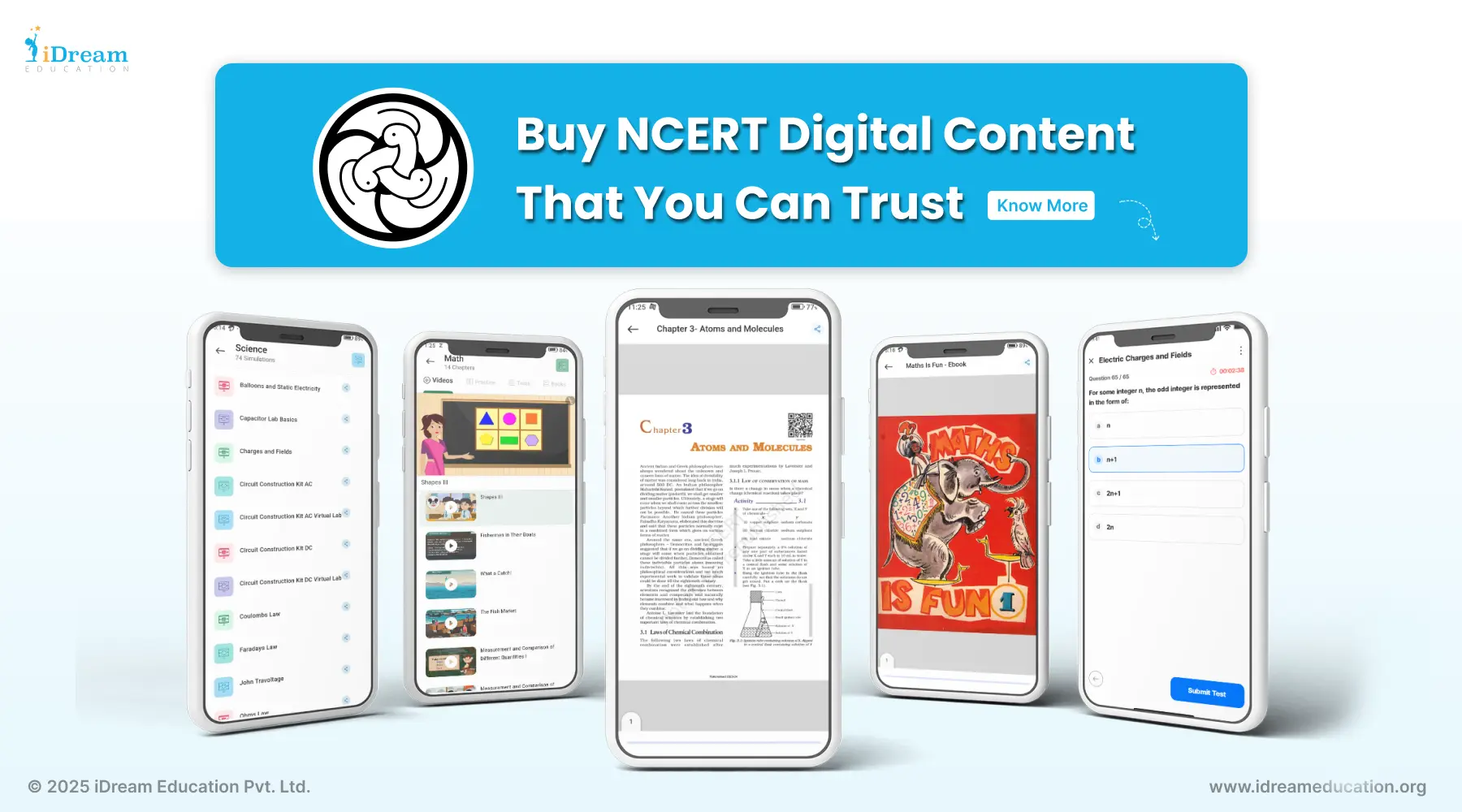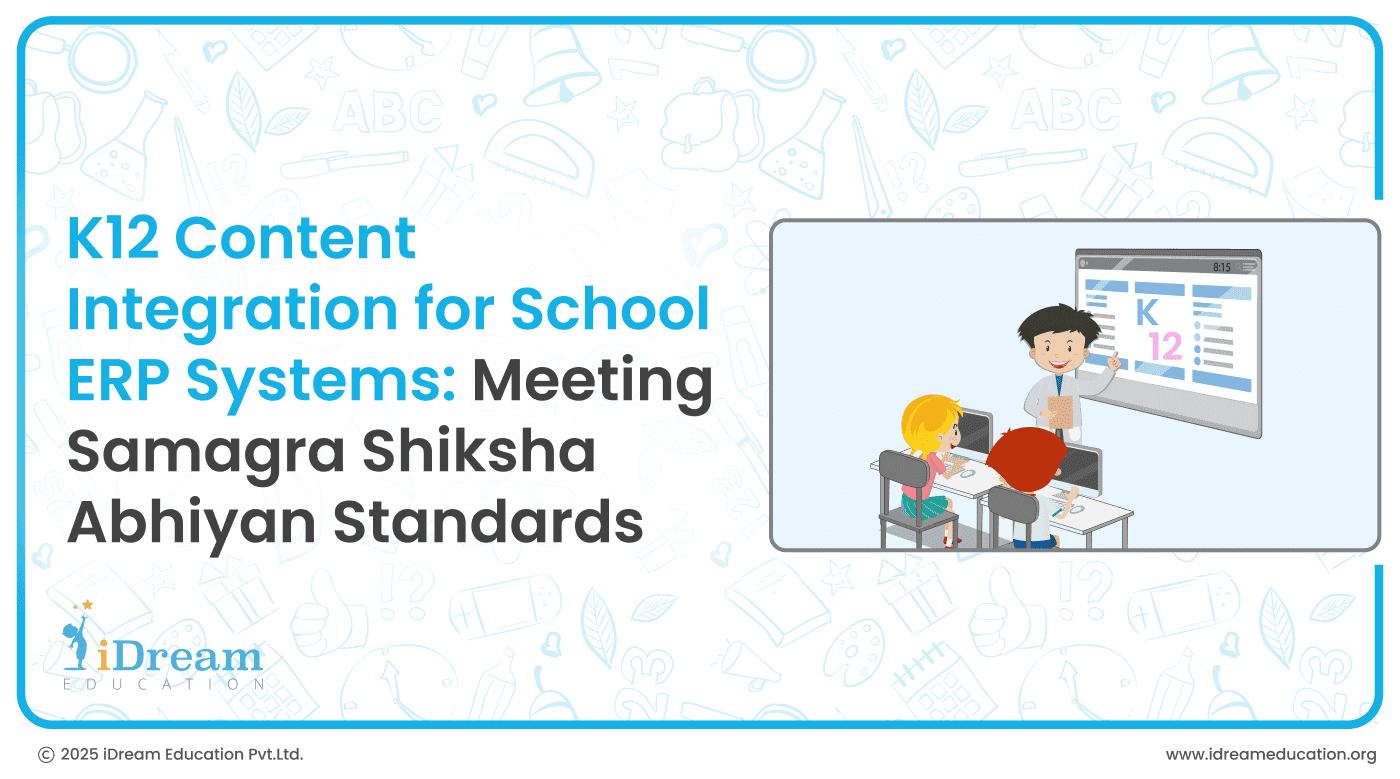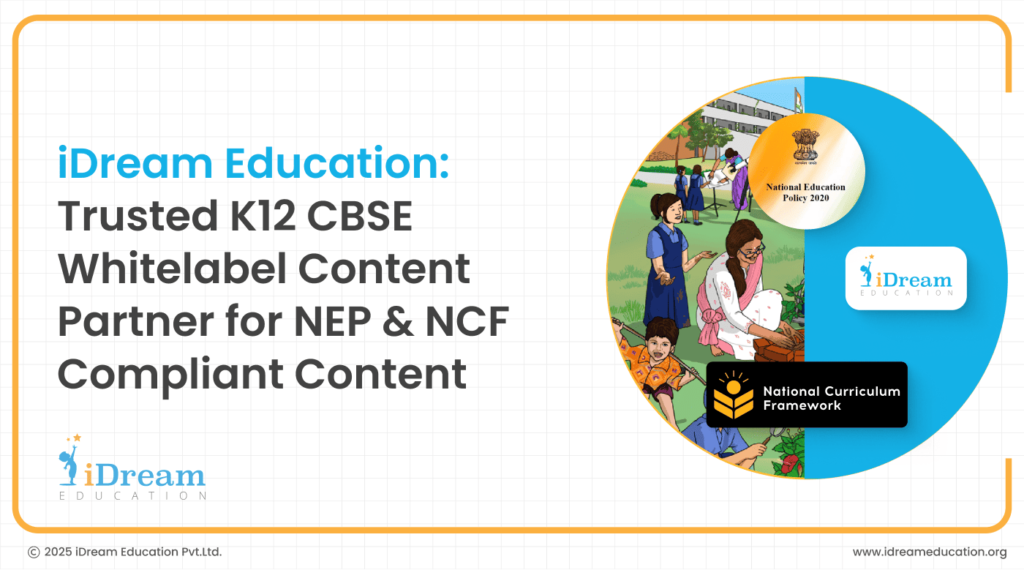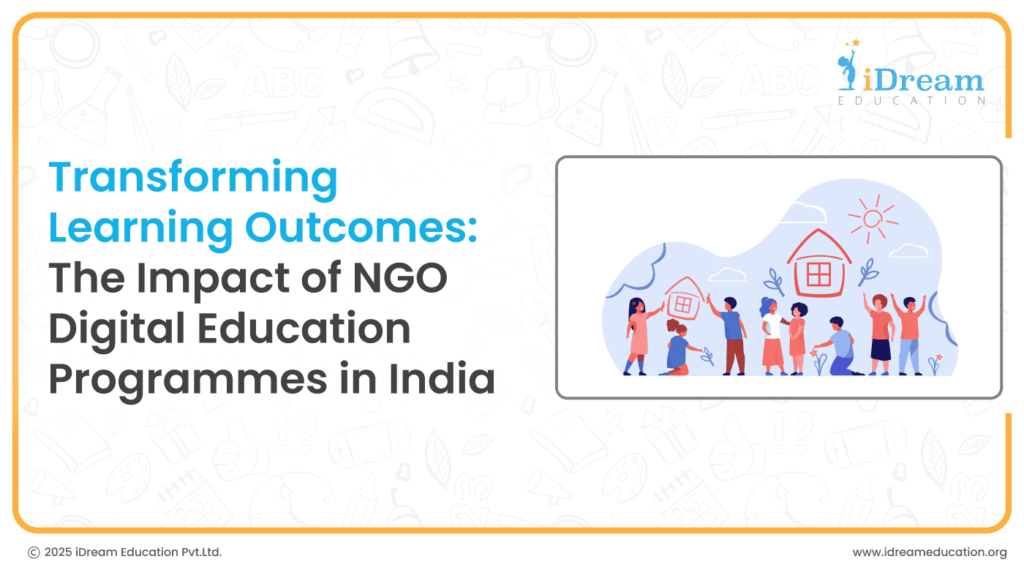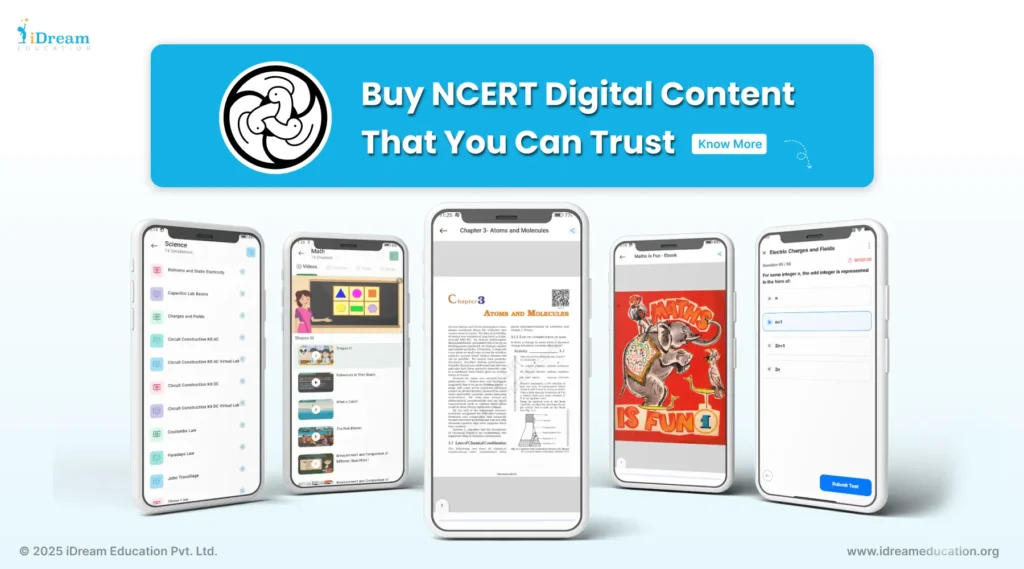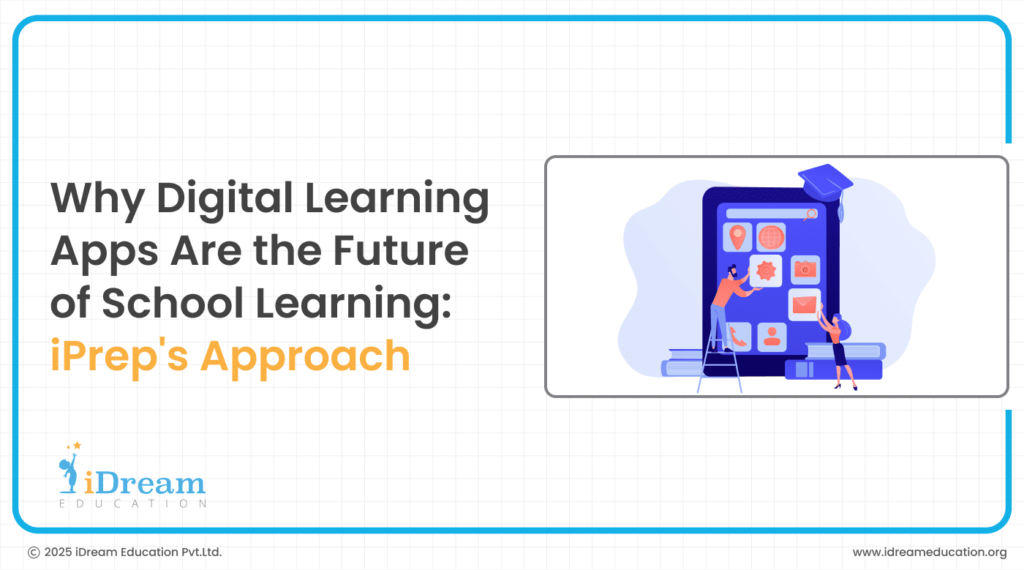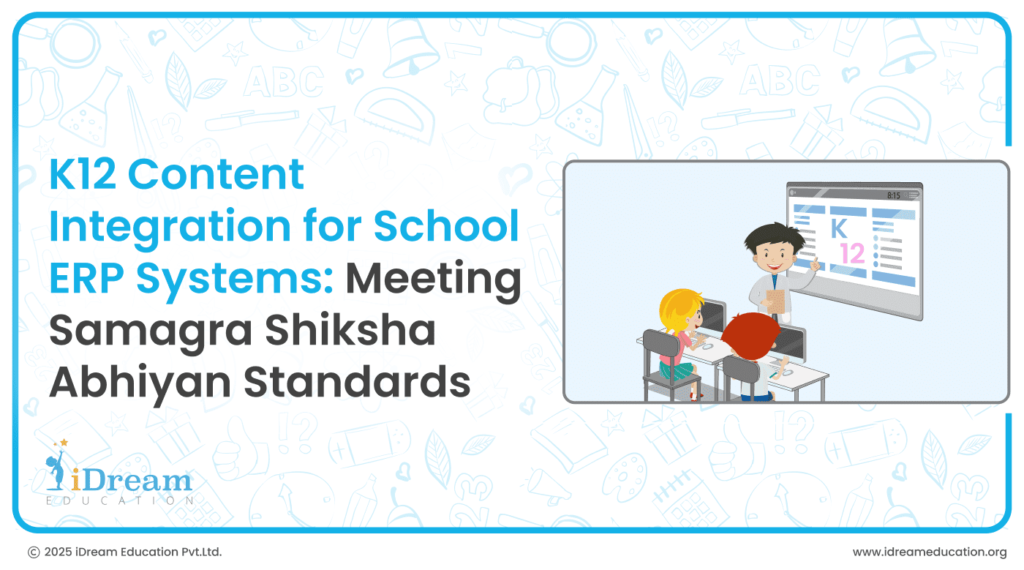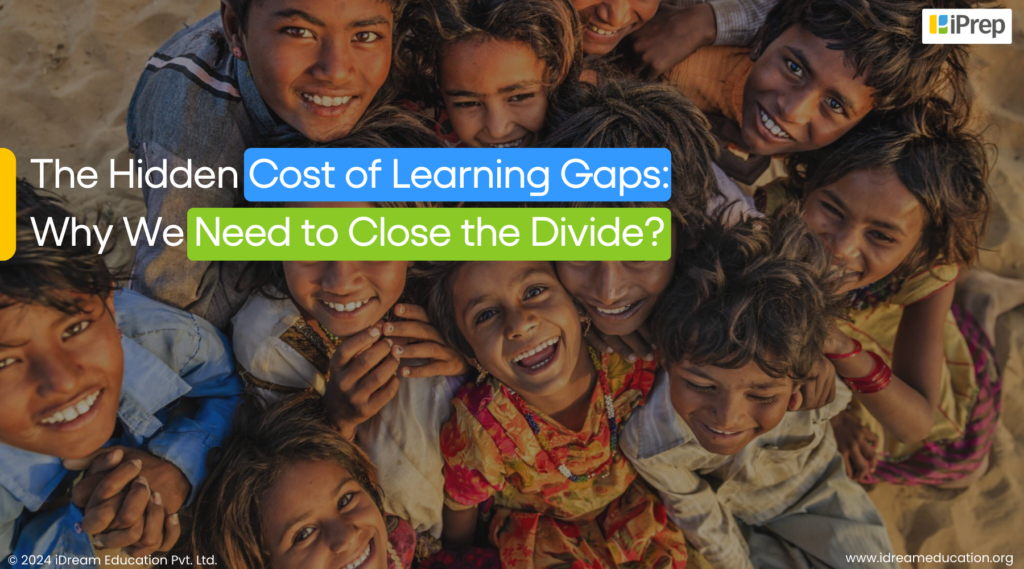
Learning gaps pose a significant concern within the Indian education system. The Annual Status of Education Report (ASER) 2023 reveals alarming statistics: only half of all students in grade 5 can read a grade 2 level text fluently, and a substantial number of students in grades 3 and 4 lack foundational arithmetic skills. This gap becomes further pronounced amongst rural learners; Pratham’s ASER report indicates that over 50% of rural students aged 14-18 struggle with basic mathematics.
These are just two examples of the learning gap, but this troubling pattern extends across numerous subjects
The roots of the learning gap in India are multifaceted and deeply intertwined.
- A system focusing on aggregate scores rather than subject-specific mastery often leads to students being promoted to the next grade despite significant gaps in foundational skills.
- Further, absenteeism in schools – whether due to economic pressures on families or illness – creates a discontinuity in education, leading to an incremental learning gap.
- Additionally, a lack of adequate infrastructure, including overcrowded classrooms and insufficient teaching materials, hinders effective learning. Limited resources within many schools, especially in rural areas, further exacerbate the problem.
- Absenteeism among teachers, often related to other administrative duties assigned, disrupts the flow of instruction. When combined with a lack of engaging, stimulating lessons focused on understanding, students become disinterested in learning.
- An overemphasis on rote memorization, geared toward passing exams rather than developing critical thinking skills, leaves students less equipped to apply knowledge in real-world settings.
Beyond these immediate consequences, learning gaps create a dangerous ripple effect
- Students who struggle to keep up with grade-level learning may become discouraged and lose motivation altogether. This disengagement can lead to dropping out of school, limiting their future opportunities, and increasing the likelihood of involvement in risky or harmful behaviors.
- Furthermore, learning gaps can deeply damage a student’s self-esteem. The constant feeling of being behind their peers can lead to a feeling of being judged, a reluctance to participate in class, and an overall belief that they are not capable of learning. This diminished self-confidence can hinder their development both inside and outside of the classroom.
- The effects of learning gaps extend far beyond the classroom. Students who haven’t mastered foundational skills will face challenges in real-world setting. Individuals less equipped with critical skills and knowledge are more likely to face unemployment and underemployment. This places a burden on the economy and hinders overall progress.
“COVID-induced lockdowns significantly widened existing learning gaps. Students who lacked access to digital resources were unable to attend online classes/learn on their own for two years, putting them at a considerable disadvantage. This unequal access to remote learning exacerbated educational disparities and created a pressing need for targeted interventions to get students back on track”
From Learning Gaps to Learning Leap: Need to encourage a mindset shift
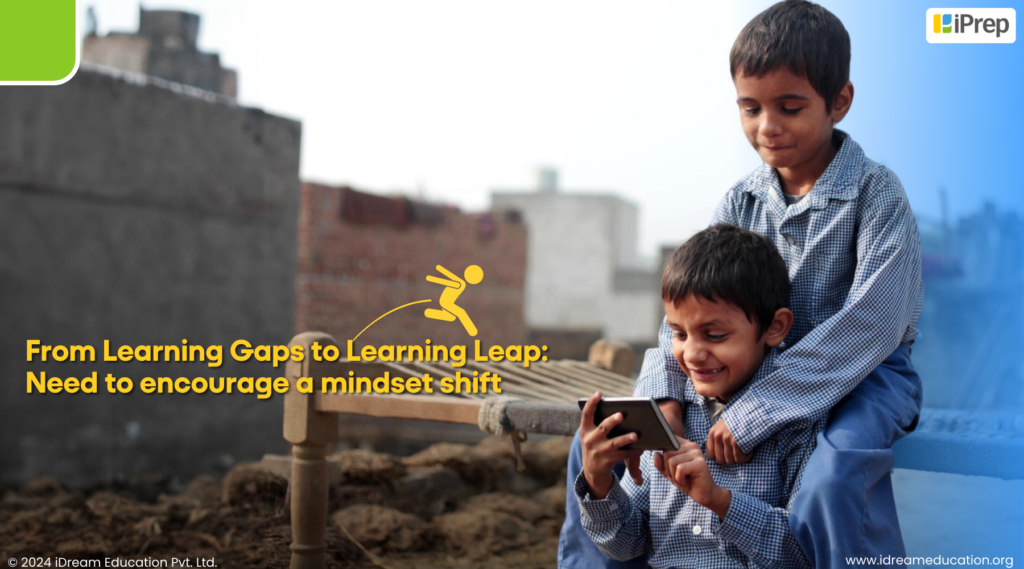
To address learning gaps, it’s crucial to first identify the specific areas where students are struggling through diagnostic assessments. Then, focus on targeted instruction and individualized support, which might include one-on-one tutoring, adaptive learning, technology integration, or additional practice in foundational skills.
- Differentiating instruction by providing varied learning activities and materials caters to different learning styles.
- Utilizing technology-based solutions such as adaptive learning can be engaging and help students learn and cover their historical learning gaps at their own pace. Regular formative assessments allow teachers to track progress and offer timely feedback.
Haryana has made history by becoming the first Indian state to implement personalized and adaptive learning. This e-Adhigam initiative of the Haryana Government is benefitting 500,000 students in Classes 10-12. Students are given a Samsung Tablet equipped with pre-loaded content, personalized and adaptive learning (PAL) software, and with 2GB of free data.
We have also enabled our PAL Solution in eAdhigam initiative for students of classes 11th and 12 for 5 subjects, and students have started to download and use iPrep PAL. From the recent evaluation, it is analyzed that on average students have shown a remarkable 44% improvement in their learning.
Scaling Education and Closing the Learning Gap with Adaptive Learning Solutions
The need for effective, scalable solutions to address learning disparities is more crucial than ever. Personalized learning paths, facilitated by tailored educational technology, offer a powerful avenue to bridge historical gaps and empower students toward academic improvement. Here’s why:
- Personalized Learning Paths: Diagnostic assessments play a pivotal role in crafting personalized learning plans. By identifying a student’s knowledge level, these solutions map out a custom path that strengthens foundational concepts and ensures grade-level mastery.
- Bridging Historical Learning Gaps: Instead of a one-size-fits-all approach, adaptive learning platforms guide students to content from previous grades if foundational concepts are weak. This targeted revision strengthens their understanding before they progress to current grade-level material.
- Encouraging Self-Directed Learning: These platforms foster self-paced exploration, allowing students to switch between subjects, revisit concepts, and practice until they feel confident. This flexible and judgment-free environment promotes ownership of the learning process and can spark interest in learning.
- Inclusive and Adaptable: A well-designed personalized and adaptive learning solution is for everyone. Students with diverse learning styles benefit from multiple content formats such as curriculum-aligned videos, syllabus books, practice questions, and more.
- Data-Driven Insights: Detailed reporting dashboard track student progress, learning patterns, and assessment performance. This valuable data empowers students, teachers, parents, and administrators to identify individual needs, provide targeted support, and measure the success of educational initiatives.
An Example of CSR Initiatives to Bridging Learning Gaps with Adaptive Learning Technology
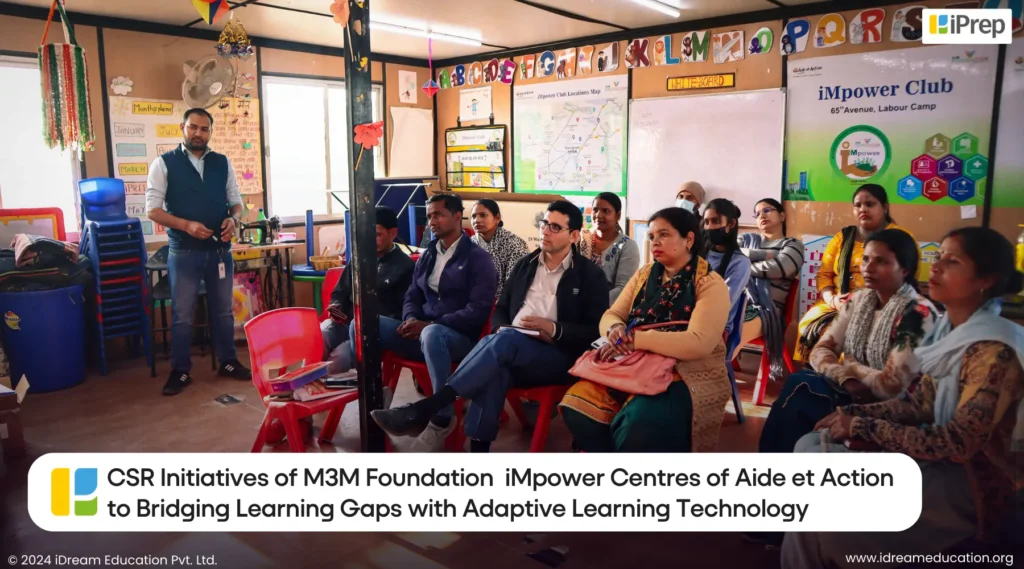
Considering these facets of adaptive learning solutions, M3M Foundation has introduced PAL Labs at iMpower Centres of Aide et Action. This initiative is primarily aimed at addressing the longstanding learning gaps experienced by students at these centers. Given that the students attending iMpower clubs are often the children of construction workers who frequently relocate for work, their education is disrupted due to the transient nature of their parents’ employment. Consequently, upon their arrival at the center, these children exhibit varying levels of learning, necessitating personalized educational approaches.
To facilitate their progress towards grade-level proficiency in a conducive learning environment, we in partnership with M3M Foundation have implemented the PAL solution on tablets in a digital library also known as PAL Labs. PAL on tablets allows students to engage with content from any grade level, with the app guiding them from foundational concepts to grade-appropriate learning materials. Access to student reports is restricted to teachers, coordinators, and authorized personnel, fostering a monitoring-focused yet non-judgmental learning environment for the students.
The recent implementation of PAL Labs holds promise for learning improvement, and we anticipate witnessing positive outcomes soon.
Let’s bridge the learning gap in India together!
PAL’s impactful approach has the potential to close the learning gap nationwide. By joining forces – CSR investors, impact investors, philanthropists, NGOs, hardware companies, and other stakeholders in the ecosystem– we can scale PAL’s implementation across India, empowering countless children to address their learning gap and find joy in education.
Together, let’s make a lasting difference in the lives of millions.
In case you would like to know more about iPrep PAL and other digital learning solutions, visit our website, www.idreameducation.org, or write to us at share@idreameducation.org







